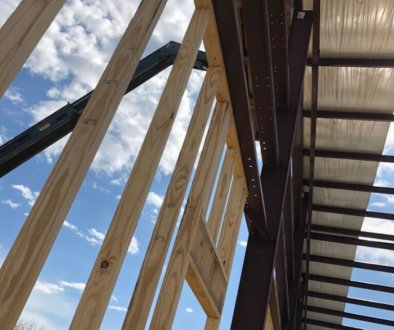 While some companies actually have a dress code most do not. One thing is sure, how your people dress during the time they are in your building is a good indication of how well your building’s heating and air conditioning system is functioning.
While some companies actually have a dress code most do not. One thing is sure, how your people dress during the time they are in your building is a good indication of how well your building’s heating and air conditioning system is functioning.
Sometimes the temperature in a building changes dramatically over the course of a day. In the morning your people need a sweater to stay warm, but in the afternoon they can’t take off enough clothes to get cool.
Another way people try to get comfortable when forced to work in a failing environmental system is by putting fans on their desk or space heaters under their desks. These are both sure signs of a heating and air conditioning system in trouble. It is very likely a system with these kinds of issues has an abnormal number of failures.
The lost productivity of people in an environment that is too hot or cold can be as high as 16 percent according to studies found on the EPA website.
Simple math shows how huge that can be in a building with only 50 people working there, and an average annual employment cost of $30,000. We will also make the following assumptions; an average of 251 working days per year and these environmental issues are only present 4 days a year.
$30,000/251 = $119.50
50 x $119.50 = $5,976
$5,976 x 16% = $956
$956 x 4 = $3,824
What we can see here is the high-middle daily cost of discomfort is $956. It is not worst case scenario, that would be sending everyone home and still having to pay them, which happen more than you might think. In that case it would have a daily cost of the entire salary of all the people, or $5,976.
In addition to the productivity loss, you will no doubt be wasting energy. Environmental system in poor working condition can waste 2 or 3 times the energy normally required to achieve a given temperature.
Using typical calculations, a building big enough for 50 people would be about 10,000 square feet. This building would have about 20 tons of air conditioning depending on the geographical location.
The average annual operating cost of a unit like this would be about $4,500. Issues within a system to cause comfort issues could easily double or triple that cost.
Additionally, the unit would, over a short period of time develop major issues. These major issues would soon lead to things like $5,000 compressor failure, or worse a $30,000 premature replacement.
All this makes it pretty easy to see how neglecting to properly maintain your environmental systems can quickly add up to significant costs.




